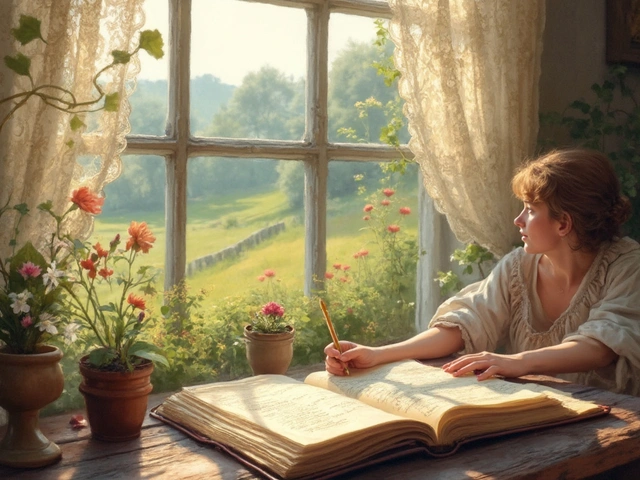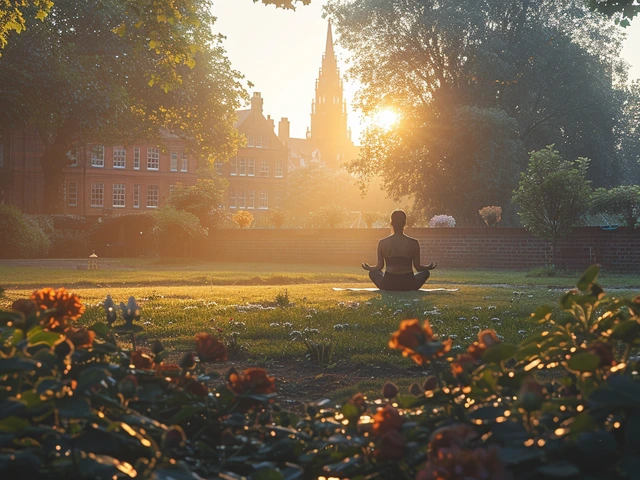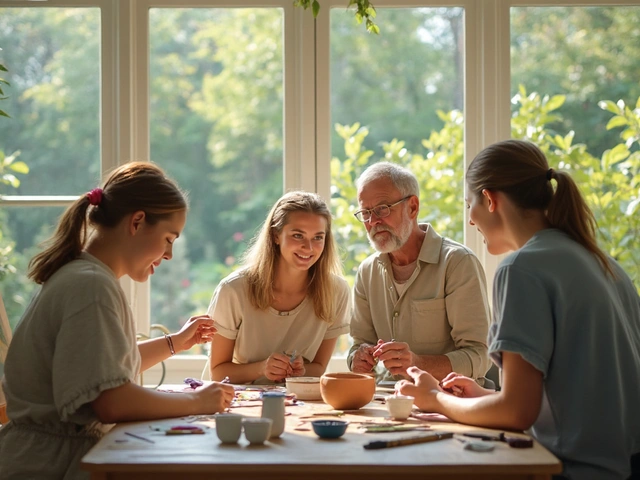The Bountiful Spectrum of Creative Arts Therapies
When my Siberian husky Loki was a puppy, he developed a peculiar fascination with painting—well, with dipping his tail in the brightest acrylic paint he could find and then energetically wagging it all over any nearby canvas. Or carpet. Or wall. Or me. But somehow, out of all that whimsical, messy chaos, the creation of some genuinely impressive pieces of splatter art occurred. This shared, playful interaction with Loki opened my eyes to a powerful yet subtle truth. Art, in all its abstract beauty and whimsicality, had therapeutic properties. And if Loki and I could uncover that truth in the chaos of my living room, imagine the power exerted by trained professionals in the field of creative arts therapies!
Understanding the Melodies of Music Therapy
I remember this instance where I tried to groom Loki while he was still an overactive puppy. It was a near-impossible task! He never took to the humdrum routine involved. Then one day, I played some soft instrumental music, and bam! Loki was a changed dog. He sat patiently letting me groom him, ears up, attuned to the soothing melodies of the music. It wasn't until much later in life that I appreciated how I'd stumbled upon the transformative power of music therapy, a key aspect of creative arts therapies.
Music therapy is more than just listening to your favourite tunes. According to the American Music Therapy Association, it's an established healthcare profession that uses music intervention to "address physical, emotional, cognitive, and social needs of individuals". It's fascinating, isn't it? Think about babies easily hopping off to sleep with lullabies or teens releasing pent-up angst with anthems of rebellion. Could a Mozart sonata help with mathematics or a Metallica headbang alleviate chronic pain? Research suggests, yes.
Unleashing Imagination with Drama Therapy
Speaking of the transformative power of the arts, let me draw the curtains back on a personal milestone. The year was 2007, and I was fresh out of high school, wrestling with the usual teenage adversities. Out of the blue, I found myself enrolled in a community theater group. Believe me, if ever there were a poster boy for stage fright, that would have been me!
But then, the magic of drama unfolded. The exercise of stepping into someone else's shoes, experiencing their emotions, and facing their challenges was profound. I was no longer Ronald, the one grappling with teenage insecurities. I was Romeo, I was Hamlet, I was Othello. Being in the moment and living these roles imparted a perspective I found carryover into my actual life. Little did I know then that I had experienced an offshoot of creative arts therapies—Drama Therapy!
Healing Brush Strokes with Art Therapy
Coming back to Loki and his playful, therapeutic flings with paint. As hilarious as they were, they indeed echoed the principles of Art Therapy. The American Art Therapy Association describes Art Therapy as integration of psychotherapeutic techniques with creative processes to improve mental health and well-being. The process of creating art serves a dual role: it's both therapeutic and enlightening.
Remember the joy you experienced as a child wielding a crayon, giving life to your first stick-figure family on paper? Art Therapy harnesses this innate connection we share with artistic expression, allowing us to explore, understand, and communicate complex emotions. And the brilliant thing is you don't have to be Da Vinci or Monet to reap the benefits! Art Therapy rests heavily on the process, not the artistic outcome. So, whether you're splattering paint with your dog’s tail or meticulously completing a paint-by-number of Starry Night, you’re tapping into the potential of Art Therapy.
Choreographing Emotions with Dance/Movement Therapy
Now, imagine a typical Sunday morning at my house. Loki excitedly bouncing around, me trying to keep up, both of us breaking into an impromptu dance in the living room. The music, inevitably, heightens the fun. The body movements, the rhythm, the bonding—we unknowingly stepped into the realm of Dance/Movement Therapy. It’s another form of creative arts therapies that employs movement to foster emotional, cognitive, and physical integration.
With the rise of activities like yoga and mindfulness-based interventions, it's not surprising that the therapeutic application of dance and movement has found its way into mainstream health and well-being. It's embodied cognition at its finest—expressing and healing emotions through physical action.
The world of creative arts therapies is as diverse and colorful as a vibrantly splattered canvas. Unleashing melodies with music therapy, expressing with drama therapy, healing with brush strokes of art therapy, and choreographing emotions with dance/movement therapy—it encapsulates a spectrum of potential! Remember, it’s not about creating a masterpiece; it’s about the journey of expression. Here’s a tip: Embrace the chaos, let the melodies guide you, choreograph your emotions, and, most importantly, don’t forget to cover your carpet before letting your pet loose with a paint-dipped tail!






